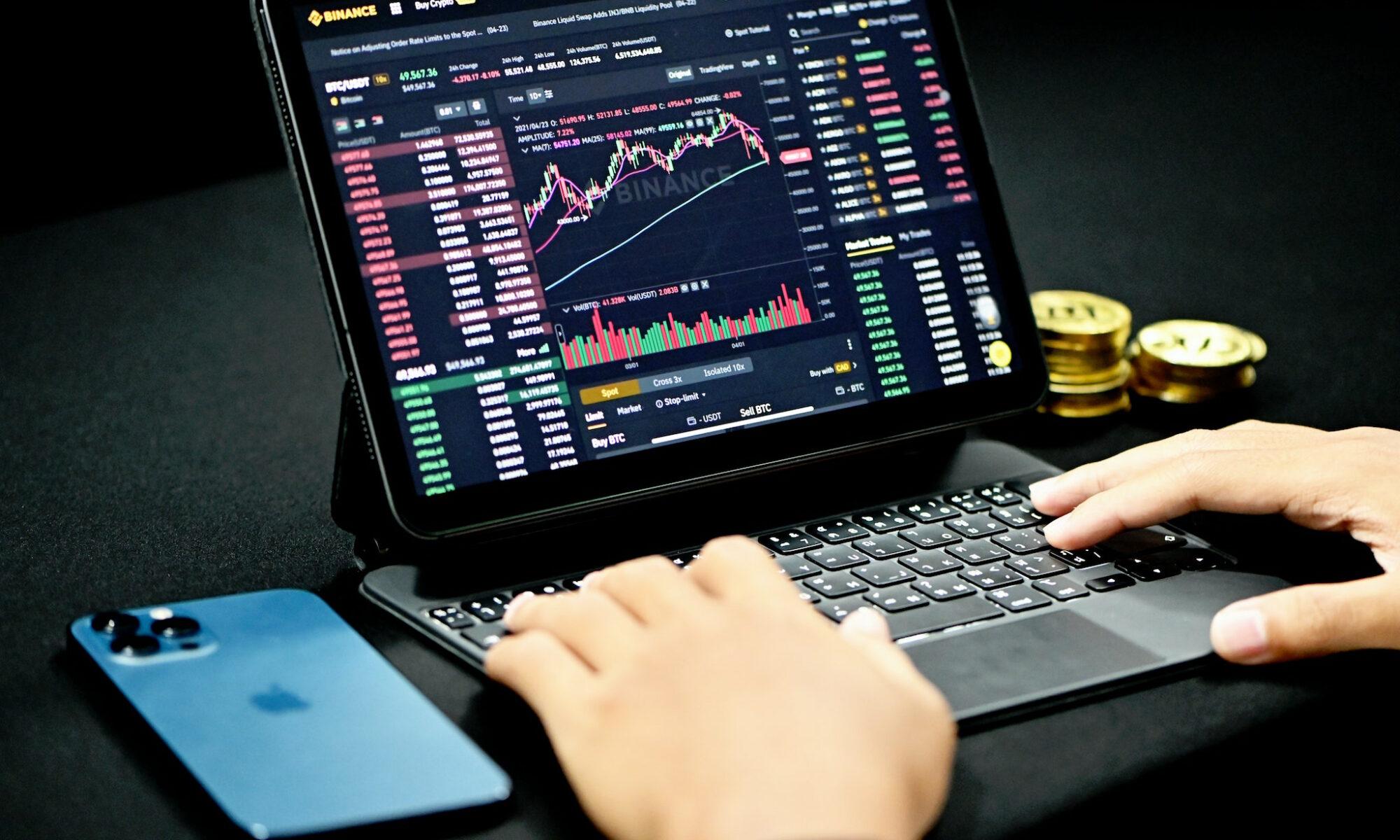Venture with me, reader, into the captivating world of Forex trading; an exciting realm where the planet’s currencies dance a complex tango of ebb and flow. Beginners, this is your guide to the lucrative, yet intricate journey towards financial trading mastery.
Forex trading, in essence, is the lively exchange of currencies. Like a middleman with an international flair, you buy, you sell, you profit. Enigmatic as it may sound, this guide shall shine a lantern through the financial fog.
Falling down the Forex rabbit hole, one must first grapple with a certain broker. Acting as the gatekeeper to this international marketplace, they are your ticket to trading prosperity. Navigate this global financial beast correctly, and you’ll find a treasure trove of profit. But beware; with great reward comes significant risk.
Ah, the tantalizing allure of Forex trading. A global stage with the curtains never drawn, available to eager traders 24 hours a day, 5 days a week. Its sheer magnitude dwarfs all other financial markets, leaving a sea of liquidity in its wake. The ceaseless nature of this bustling market means opportunities for profit lurk around every corner, every tick of the clock.
Before you stride onto this global financial stage, it’s prudent to understand the roles of the players, the lingo, and the scenery. Allow me to unfurl the map of the Forex market’s landscape.
Unlike a physical marketplace nestled within the concrete confines of a city, the Forex market, my dear reader, exists as a sprawling network. A bustling bazaar comprising banks, brokers, dealers, all trading currencies in a constant international waltz. This global exchange is divided into three main trading sessions, each a dance unto its own: the Asian, European, and North American.
In the heart of the Forex theatre, we find the currency pairs, the stars of the show. Each pair represents an exchange rate between two currencies. One leads, the base currency, and the other follows, the quote currency. Consider EUR/USD: here, the Euro takes the lead with the US Dollar in tow.
As the globe spins, so does the Forex market. Open for trading 24 hours a day, 5 days a week, it initiates its performance with the fall of the EST Sunday curtain and takes its final bow at 5 pm EST Friday.
Once acquainted with the theatre, one must learn the methods of the maestro. In the Forex world, these are your trading strategies: the fundamental analysis, the technical analysis, and the sentiment analysis.
Fundamental analysis is akin to a Sherlockian pursuit of truth, examining economic and financial data to deduce a currency’s value. It eyes factors such as interest rates, inflation rates, GDP with a hawk’s scrutiny.
On the other hand, technical analysis prefers a bird’s-eye view, surveying price charts, and various technical indicators to value currency. It uncovers trends and patterns within moving averages, support and resistance levels, and trend lines.
Sentiment analysis, meanwhile, is the pulse-reader, gauging the market sentiment to discern the currency’s value. It surveys news events, social media sentiment, and market sentiment indicators for signals.
On your journey into Forex trading, choosing a suitable broker is as important as a sailor choosing the right vessel. The waters are filled with options, yet the wisest traders consider two main factors: regulation and trading platforms.
Regulation ensures your capital is safe, and your broker is operating within set guidelines. Look for brokers regulated by reputable bodies like the Financial Conduct Authority (FCA) or the National Futures Association (NFA).
As for trading platforms, these are your instruments, your navigational charts. Ensure the platform is user-friendly and possesses all the necessary tools to successfully navigate the financial seas.
Upon selecting your vessel, or broker, you’re ready to hoist the sails. Here’s how to place your first trade and manage it.
Choose your currency pair and decide whether to buy or sell. Believe the base currency will appreciate? Buy. Think it will depreciate? Sell. Once you’ve placed your trade, monitor it like a hound. Set stop-loss and take-profit levels, watch market news and events, and adjust your strategy as necessary.
Venturing into the world of Forex trading does, however, come with its own set of risks. The Forex market is a creature of volatility, with currency prices that fluctuate rapidly and unpredictably.
Additionally, the market often demands the use of leverage, allowing you to control a large amount of currency with minimal capital. While this amplifies potential gains, it can also magnify losses.
And let’s not forget trading costs. Trading on margin incurs interest on borrowed funds. Plus, brokers usually demand fees for their services, such as spreads and commissions.
In conclusion, Forex trading can be a prosperous venture for beginners, yet it treads the fine line between high reward and high risk. A solid grasp of Forex market basics, a reliable broker, and a sound trading strategy are all crucial components of successful trading.
To recap, Forex trading is a vibrant dance of buying and selling currencies for profit. It takes place on the world’s largest financial stage, open 24/7, and features three main trading strategies. It’s important to select a regulated broker with a user-friendly platform that suits your style. However, remember that Forex trading is a risky game, involving volatility, leverage, and trading costs.
So, while Forex trading may provide a thrilling roller-coaster ride of profits and losses, it is vital to approach it with a well-grounded understanding, a meticulous plan, and a healthy respect for risk management. Happy trading!

